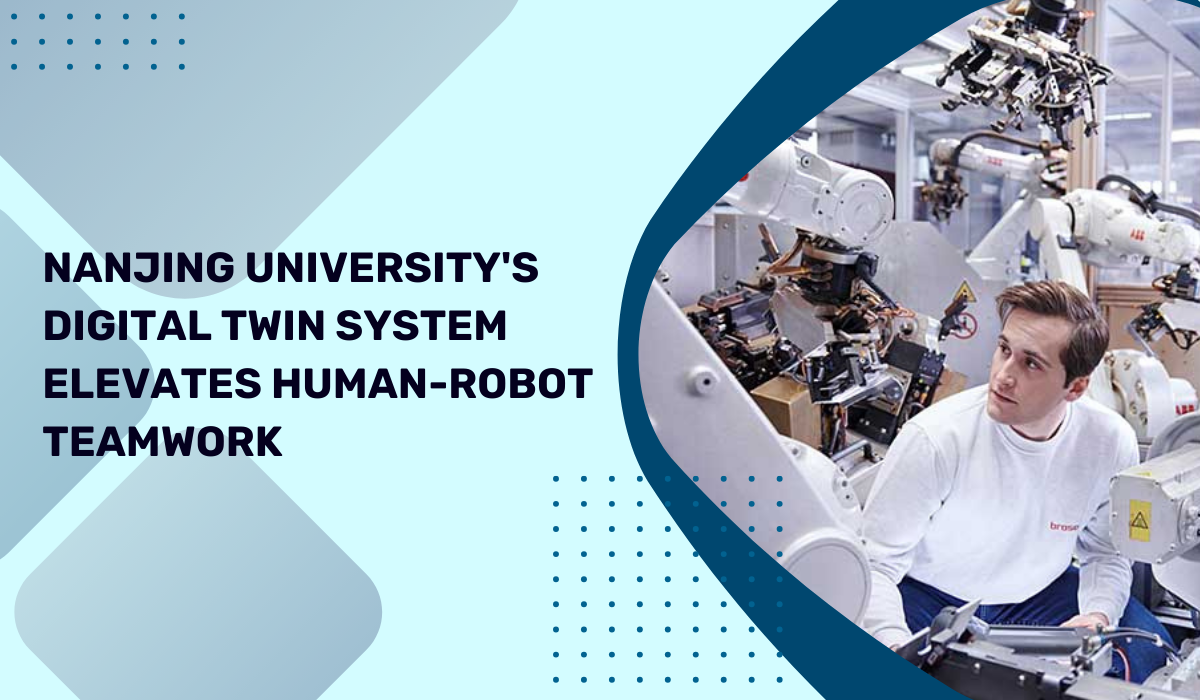
Digital twin system has emerged from the labs of Nanjing University of Aeronautics and Astronautics in China. This innovative system, detailed in a recent paper published in Robotics and Computer-Integrated Manufacturing, holds the promise of significantly improving the collaboration between humans and robots in manufacturing settings. Traditional robotic systems have already found their place in various industrial environments, assisting human workers in assembly lines and warehouses. However, the new digital twin system takes human-robot collaboration to a new level by creating a virtual replica of real-world environments and planning effective collaborative strategies for enhanced efficiency.
The researchers, led by Zequn Zhang and Yuchen Ji, identified shortcomings in existing methods for constructing human digital twin models, which often require cumbersome motion capture devices. Their digital twin system sidesteps this limitation, providing a unified space for modeling humans and robots, ensuring flexibility and convenience in perceiving and understanding the overall environment. By introducing a human mesh recovery algorithm, the team addressed occlusion challenges, allowing the system to reconstruct hidden human bodies. Moreover, an uncertainty estimation technique enhances the performance of the action recognition algorithm, mitigating the risk of errors during human-robot collaboration.
The team's experiments in laboratory settings showcased the superiority of their digital twin system over baseline methods. The robot, specifically designed for industrial use, demonstrated improved collaboration with a human agent across various tasks, including polishing, picking up, assembling, and placing down objects. The success of these experiments suggests that the digital twin system, developed by Zhang, Ji, and their colleagues, holds immense potential for widespread implementation in real-world industrial scenarios.
As this advanced digital twin system undergoes further testing and optimization, its integration into other robotic platforms for industrial use appears imminent. The prospect of deploying this technology in real-world settings could revolutionize human-robot collaboration, ushering in a new era of efficiency and precision in manufacturing and industrial tasks.